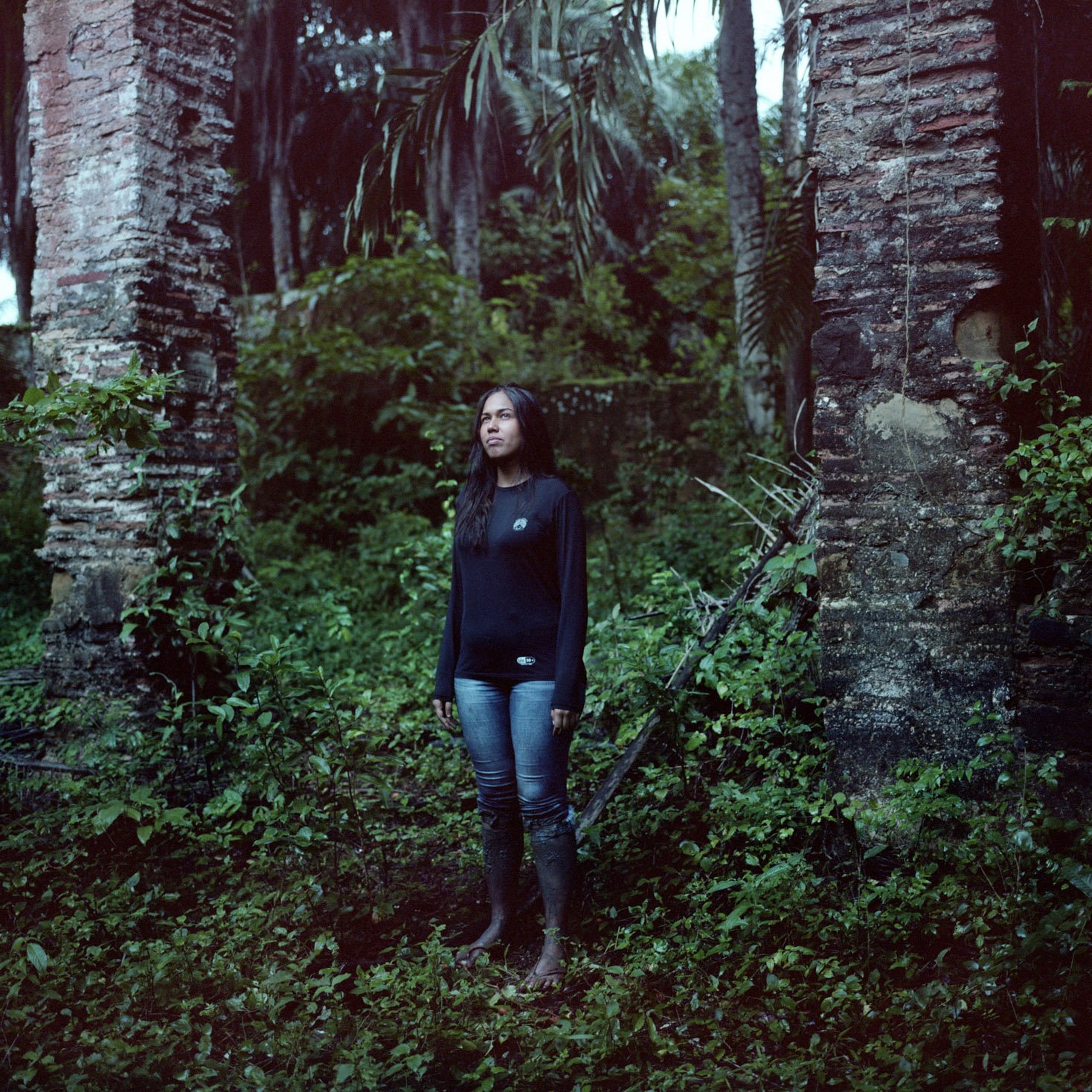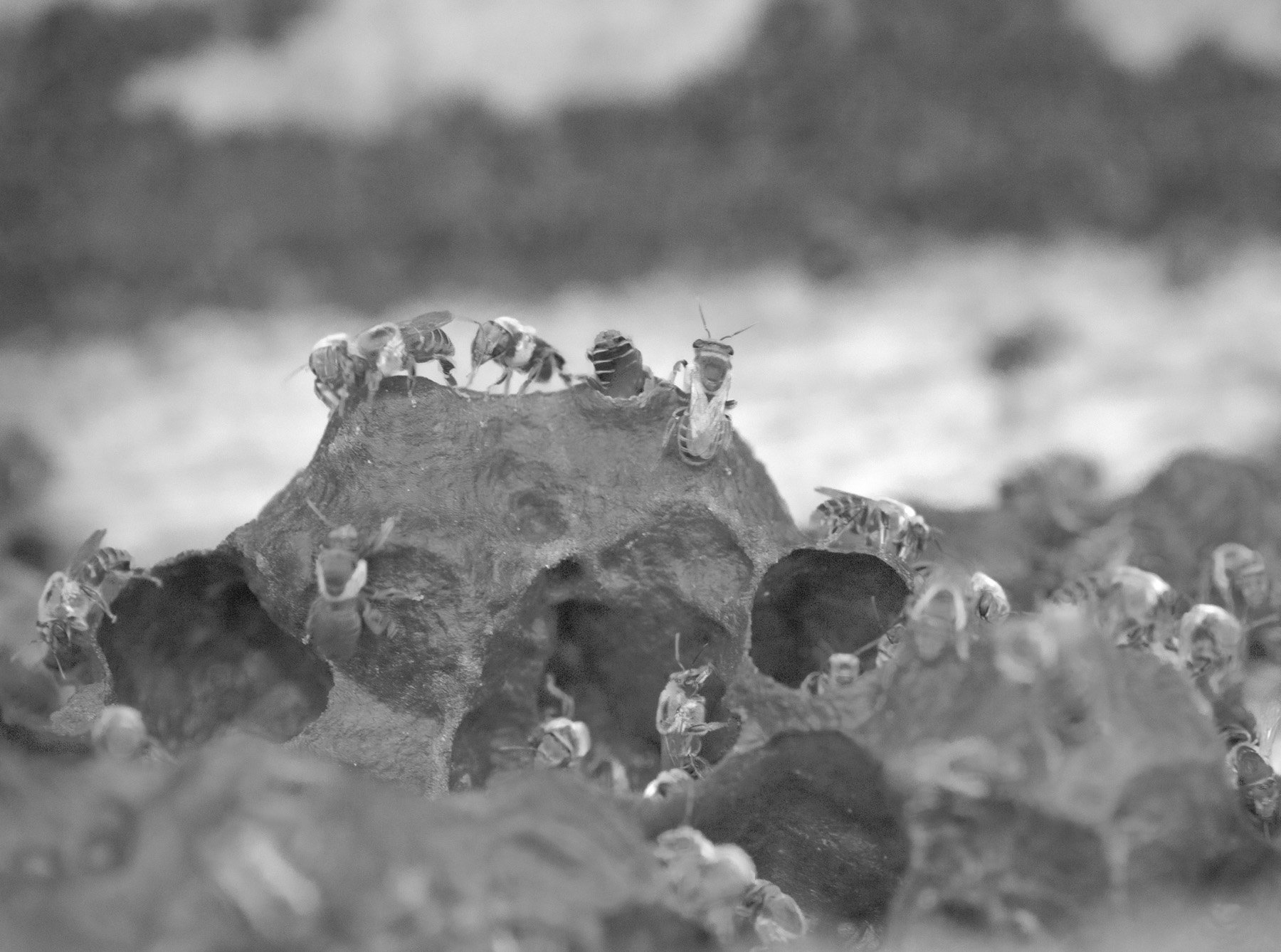
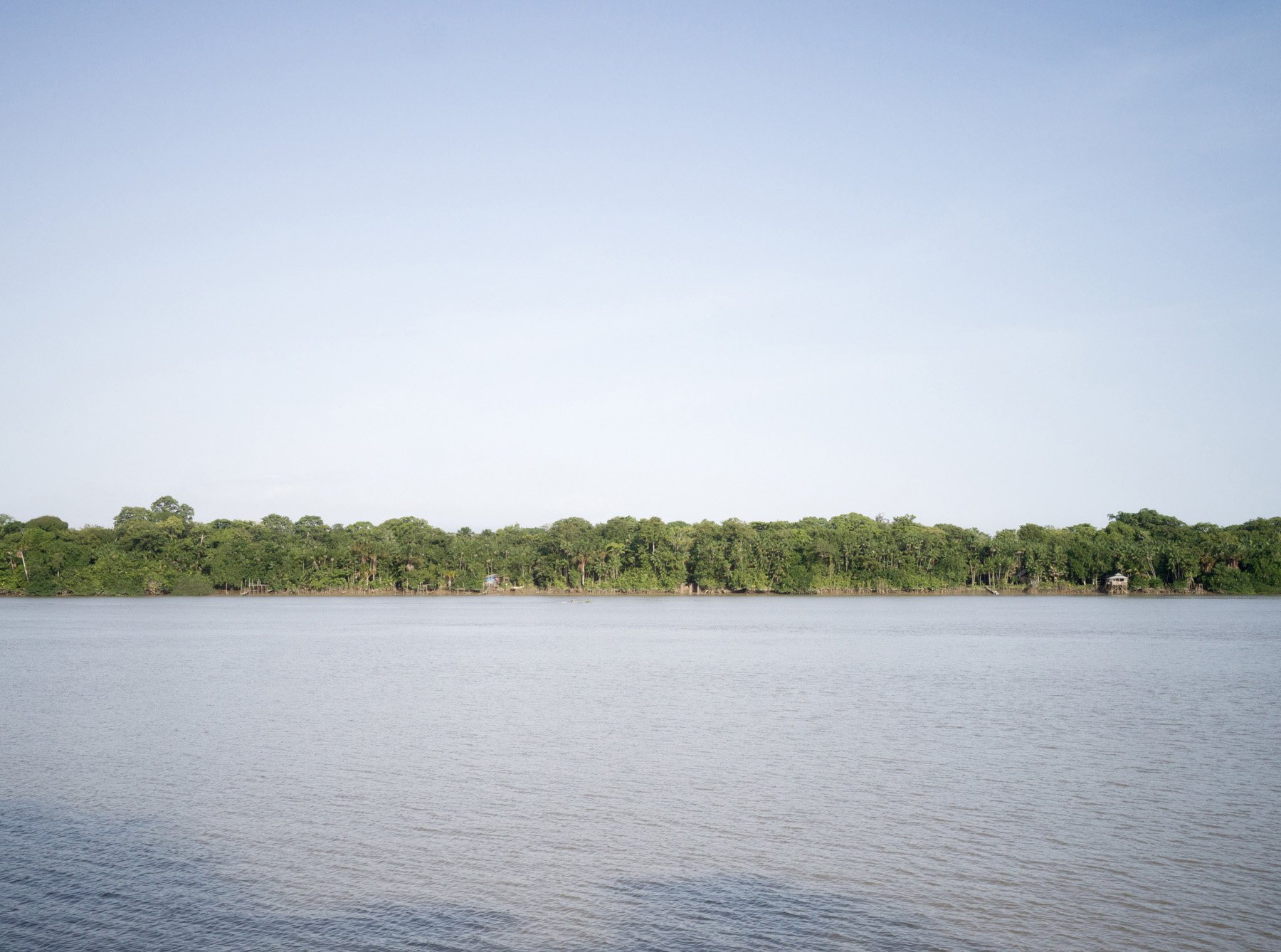
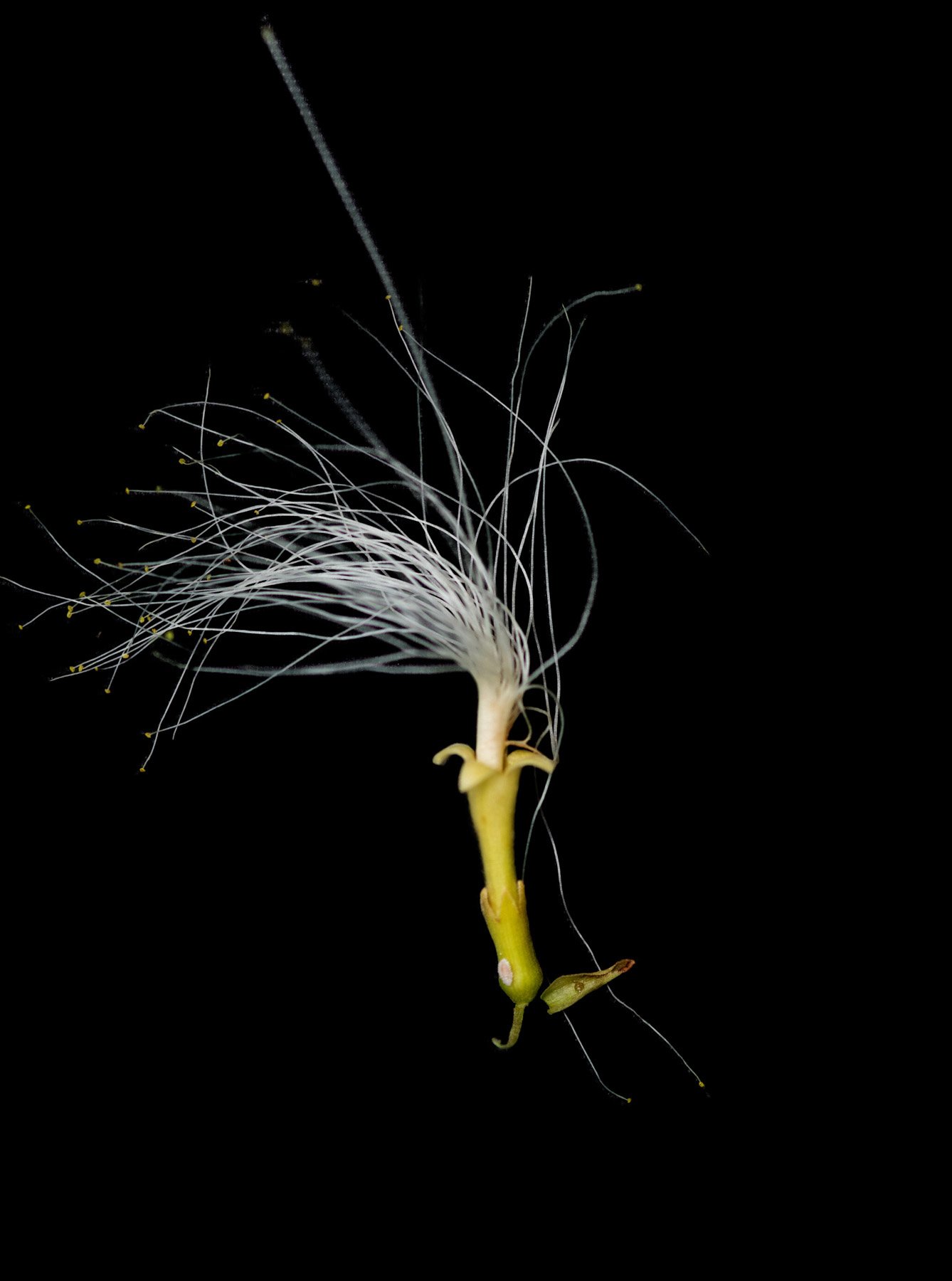

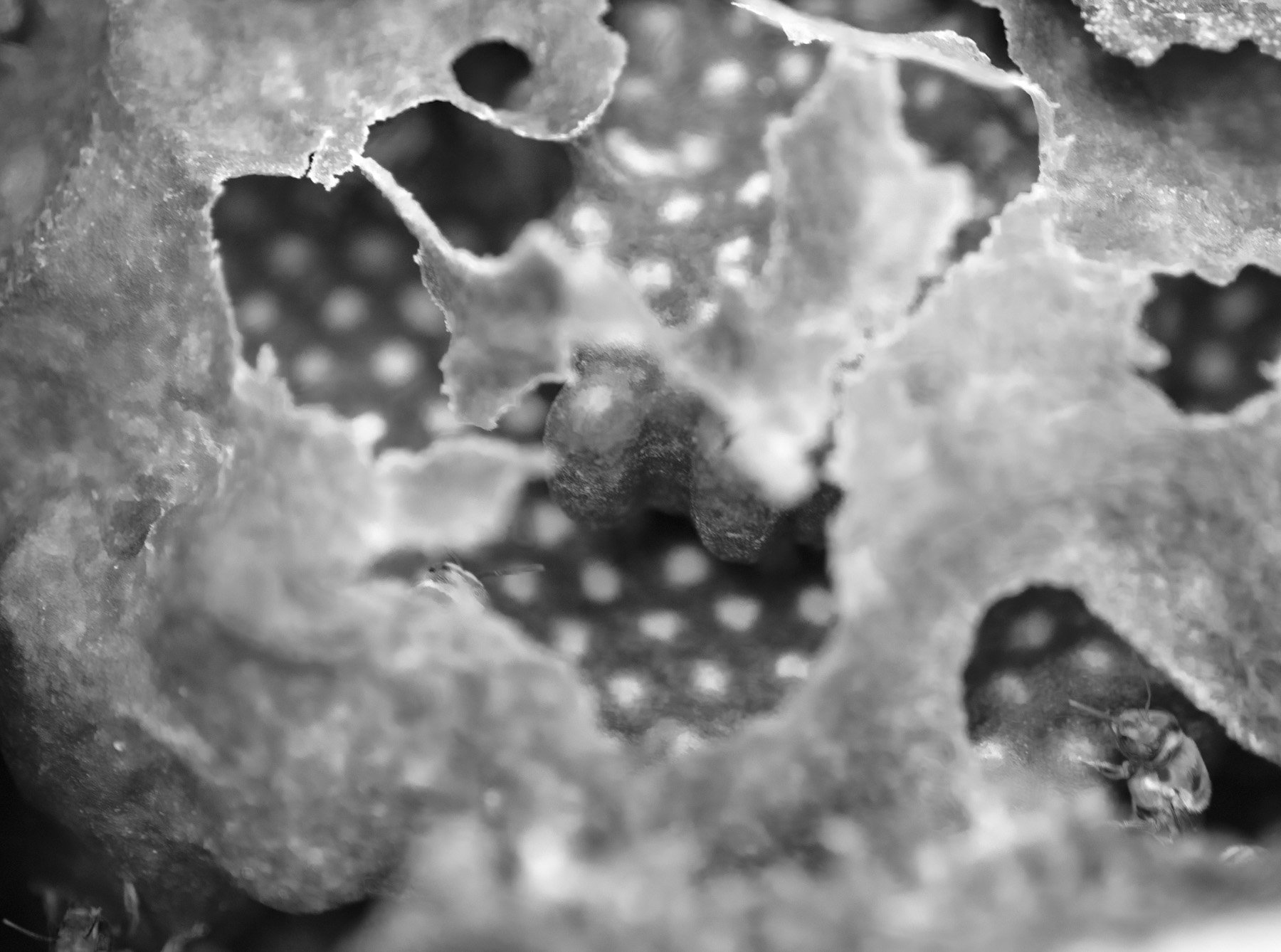

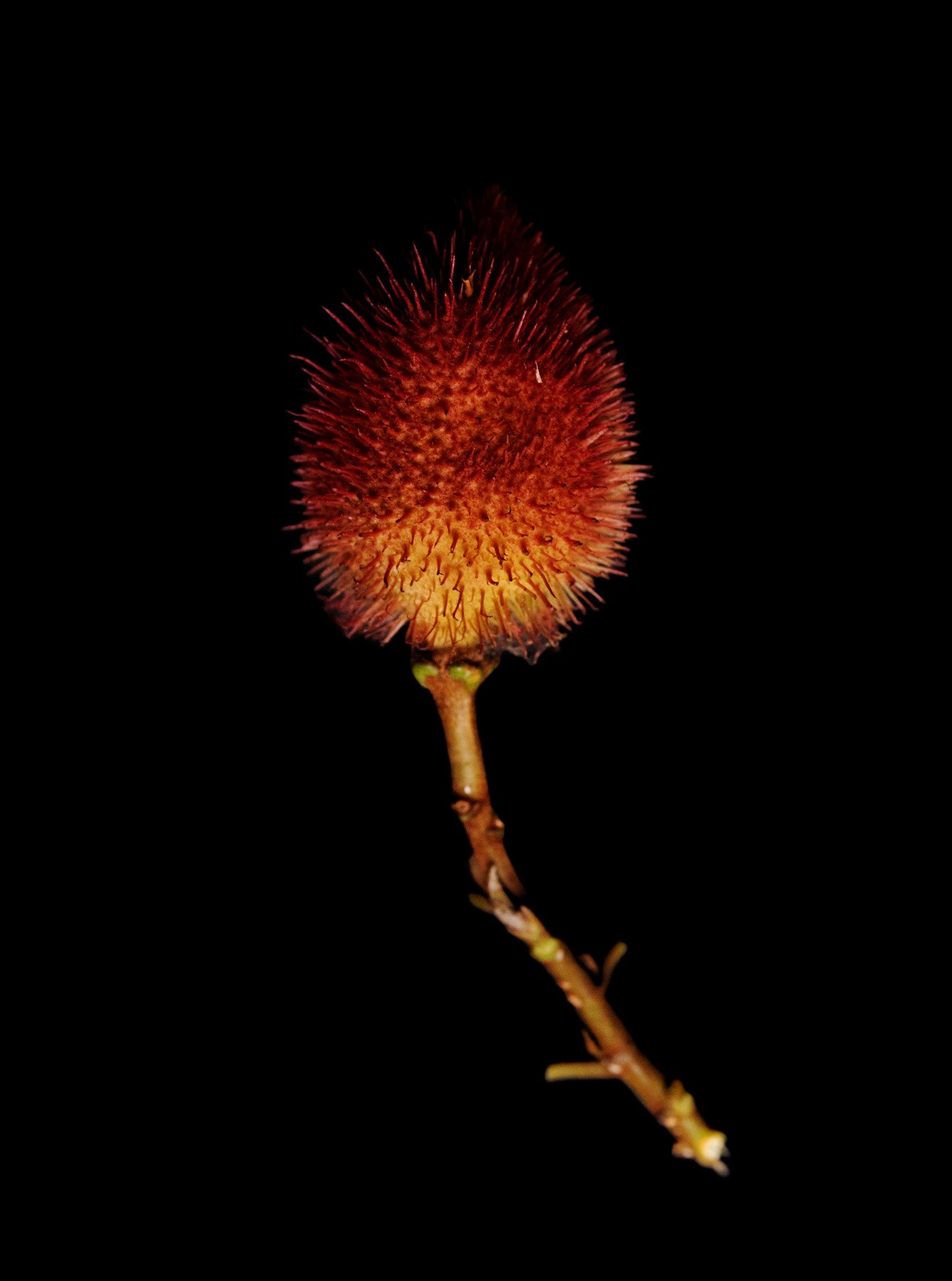
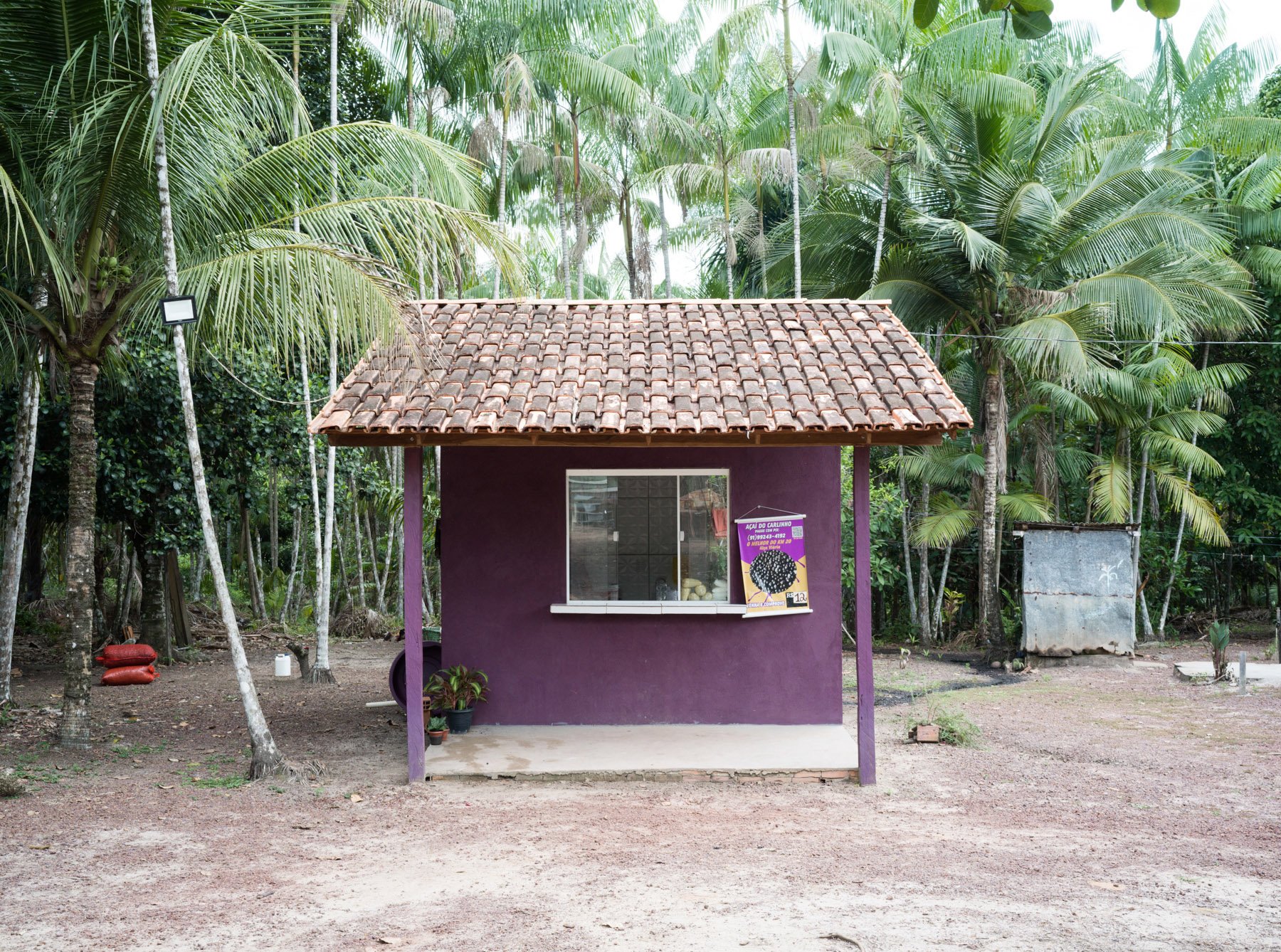
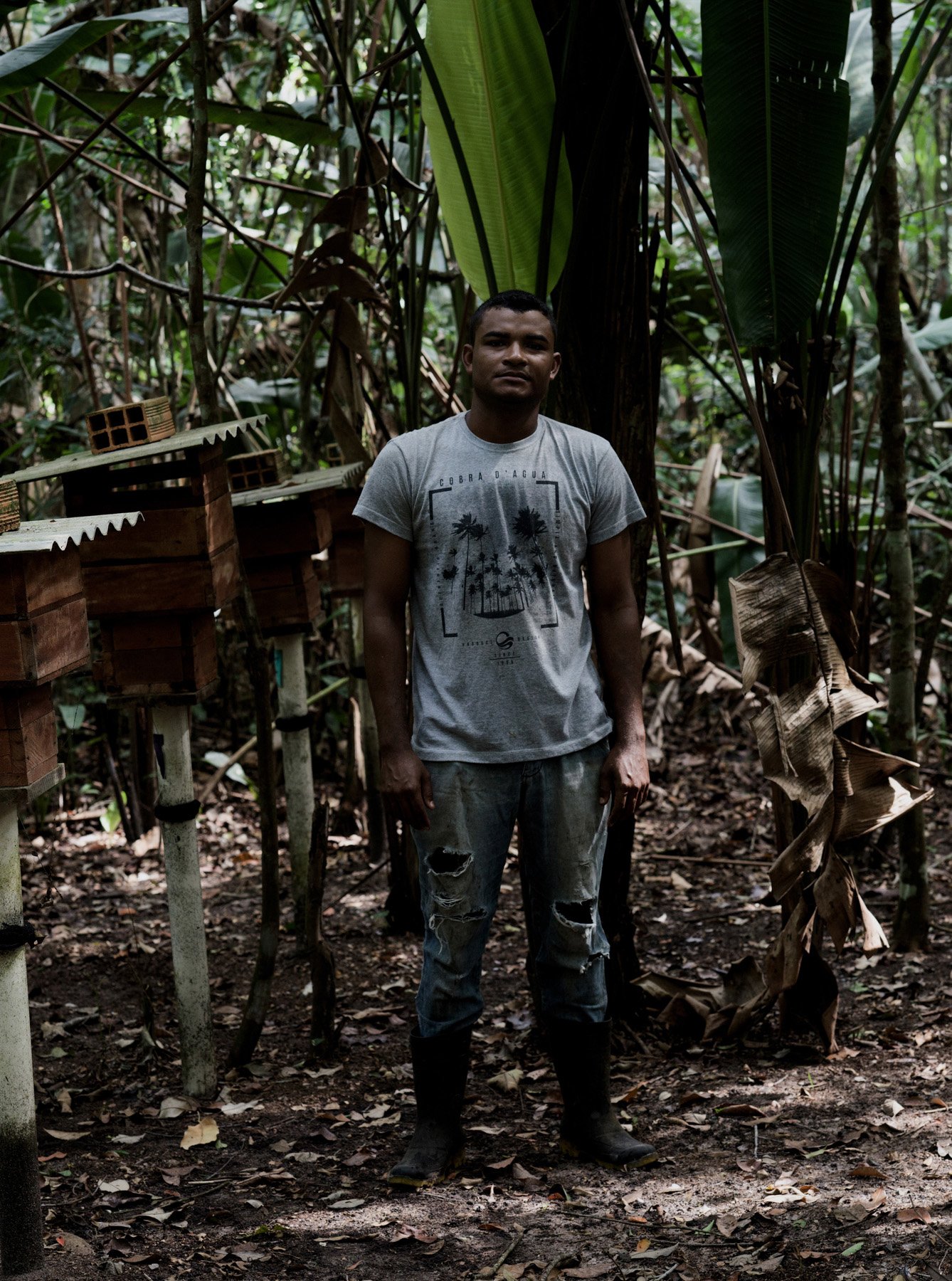
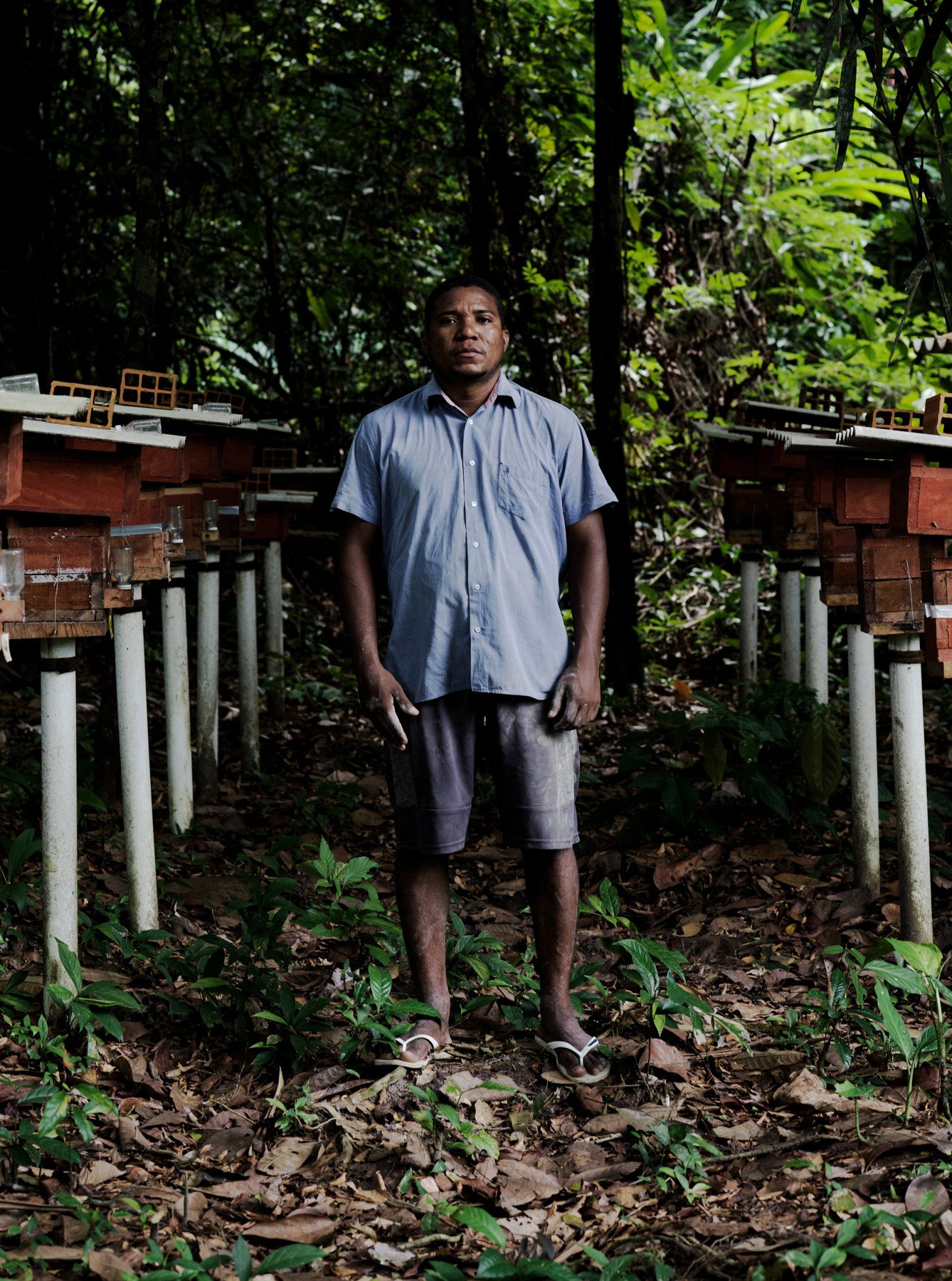
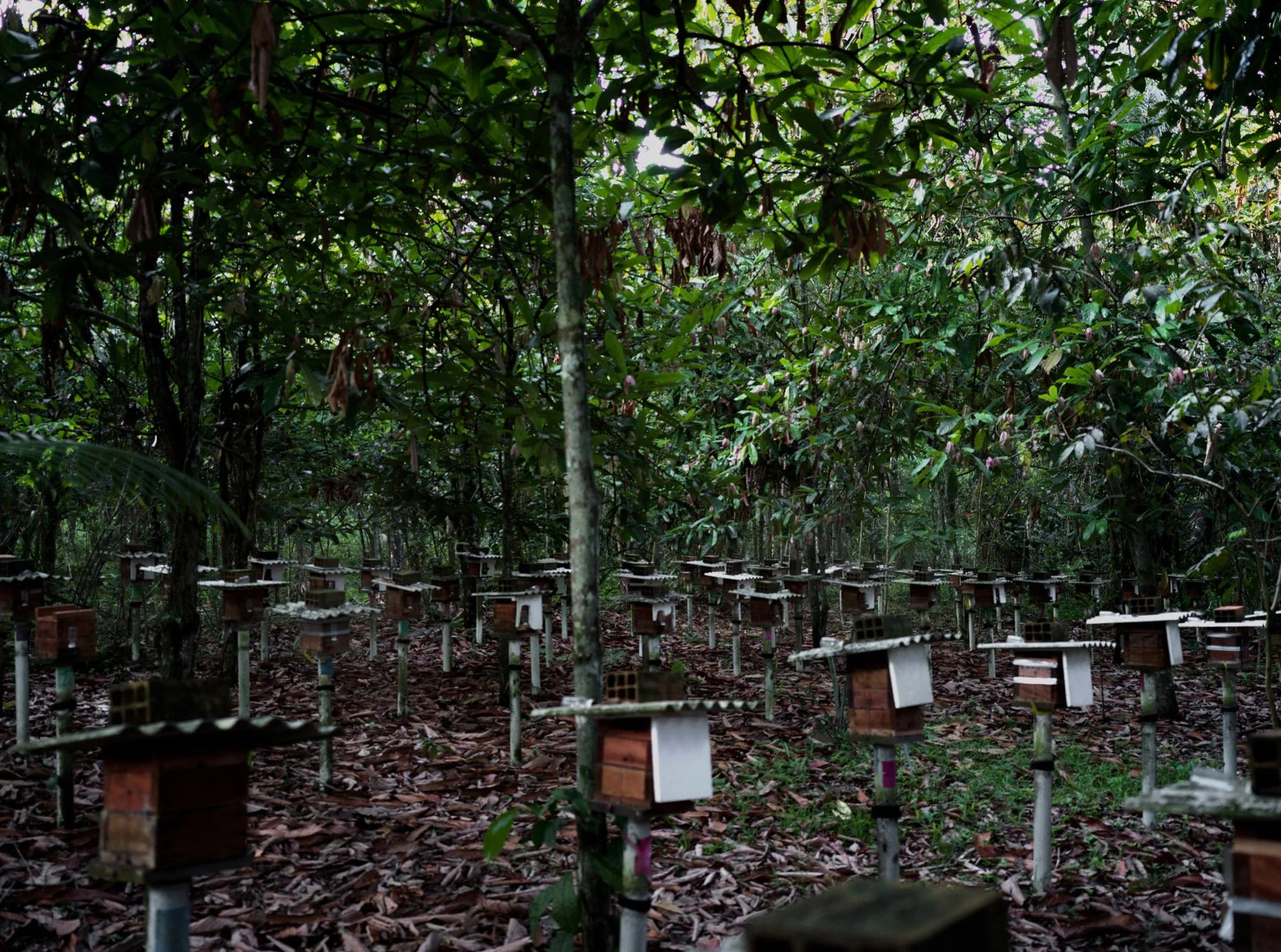

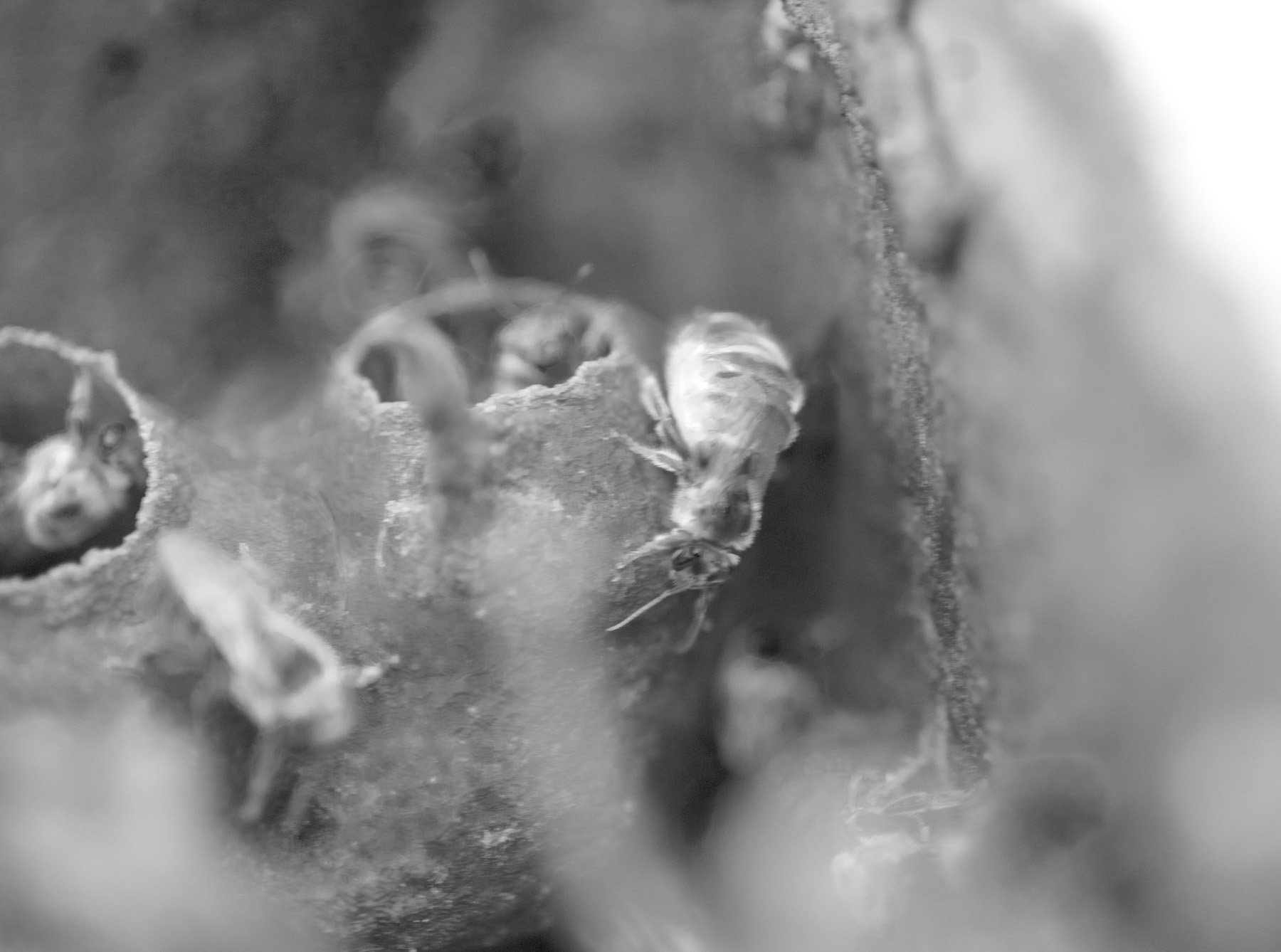
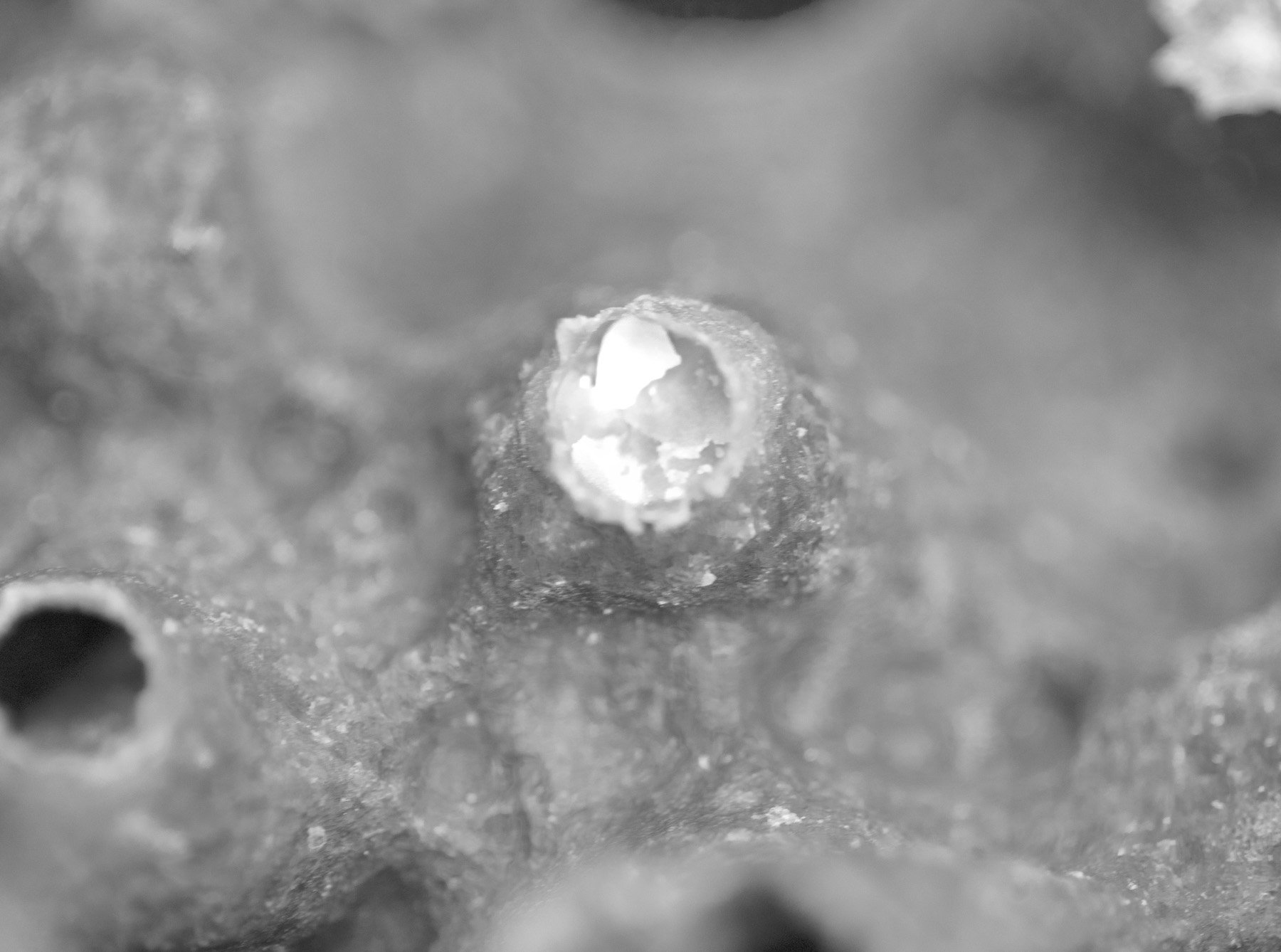

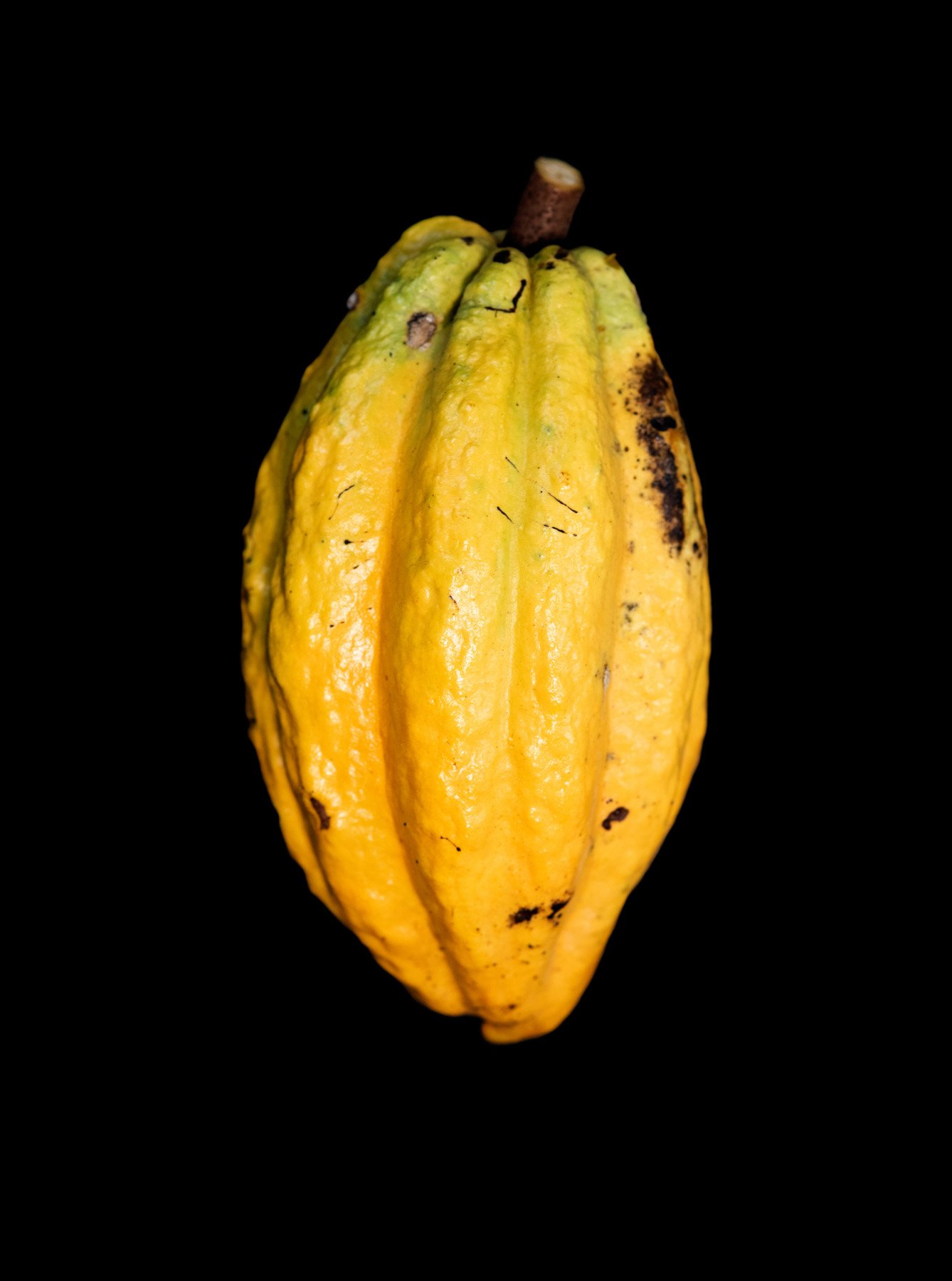
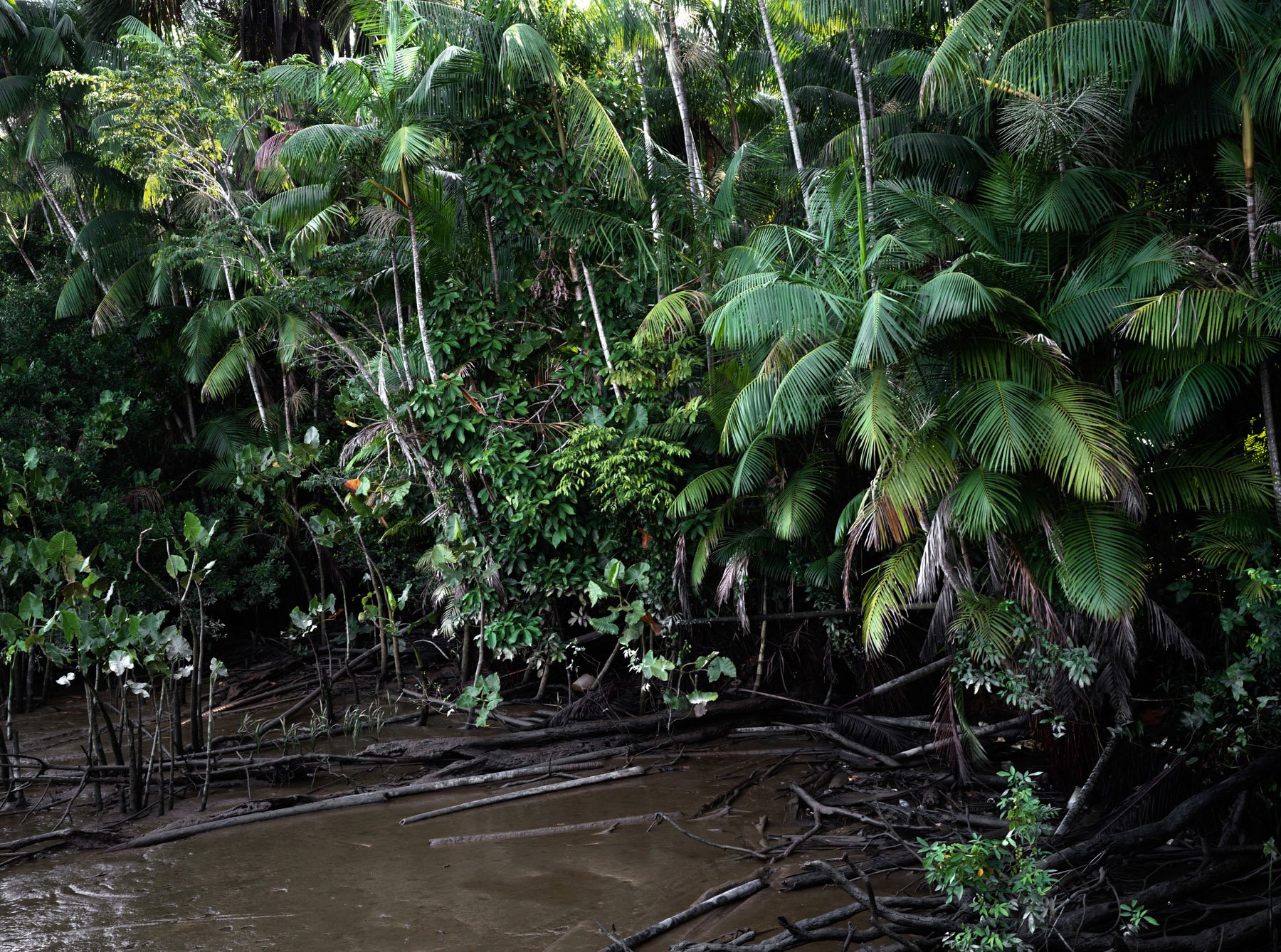
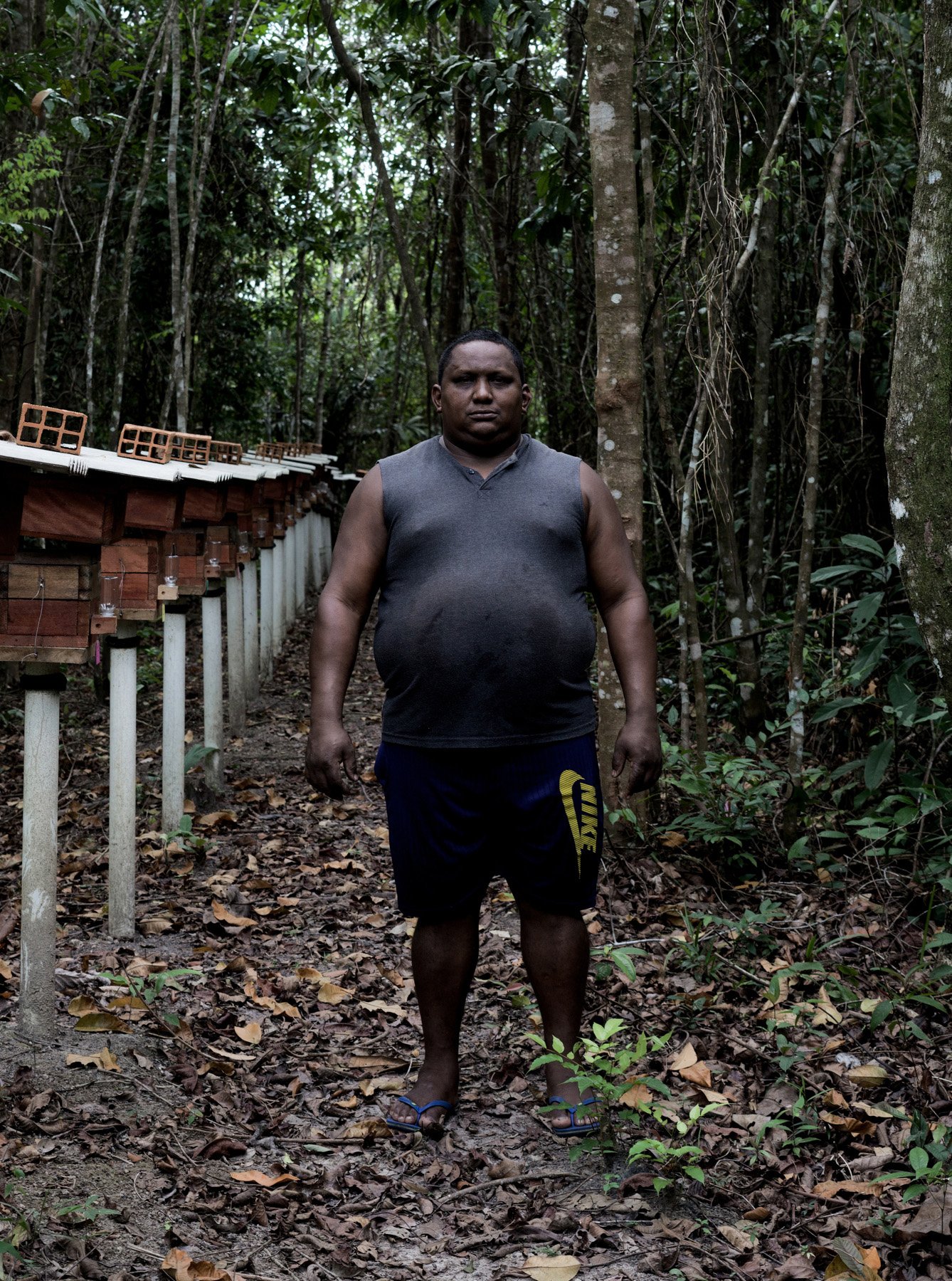

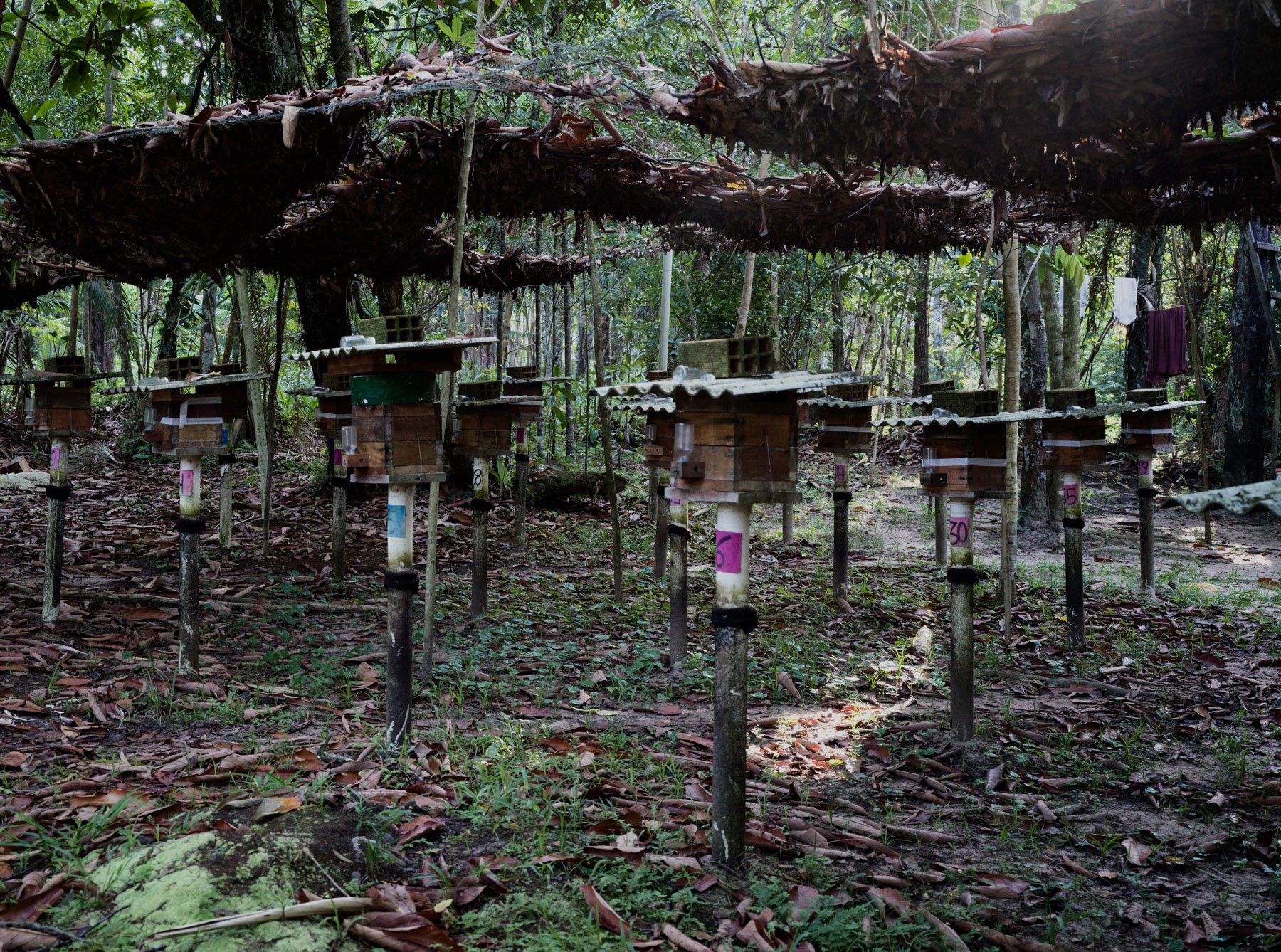
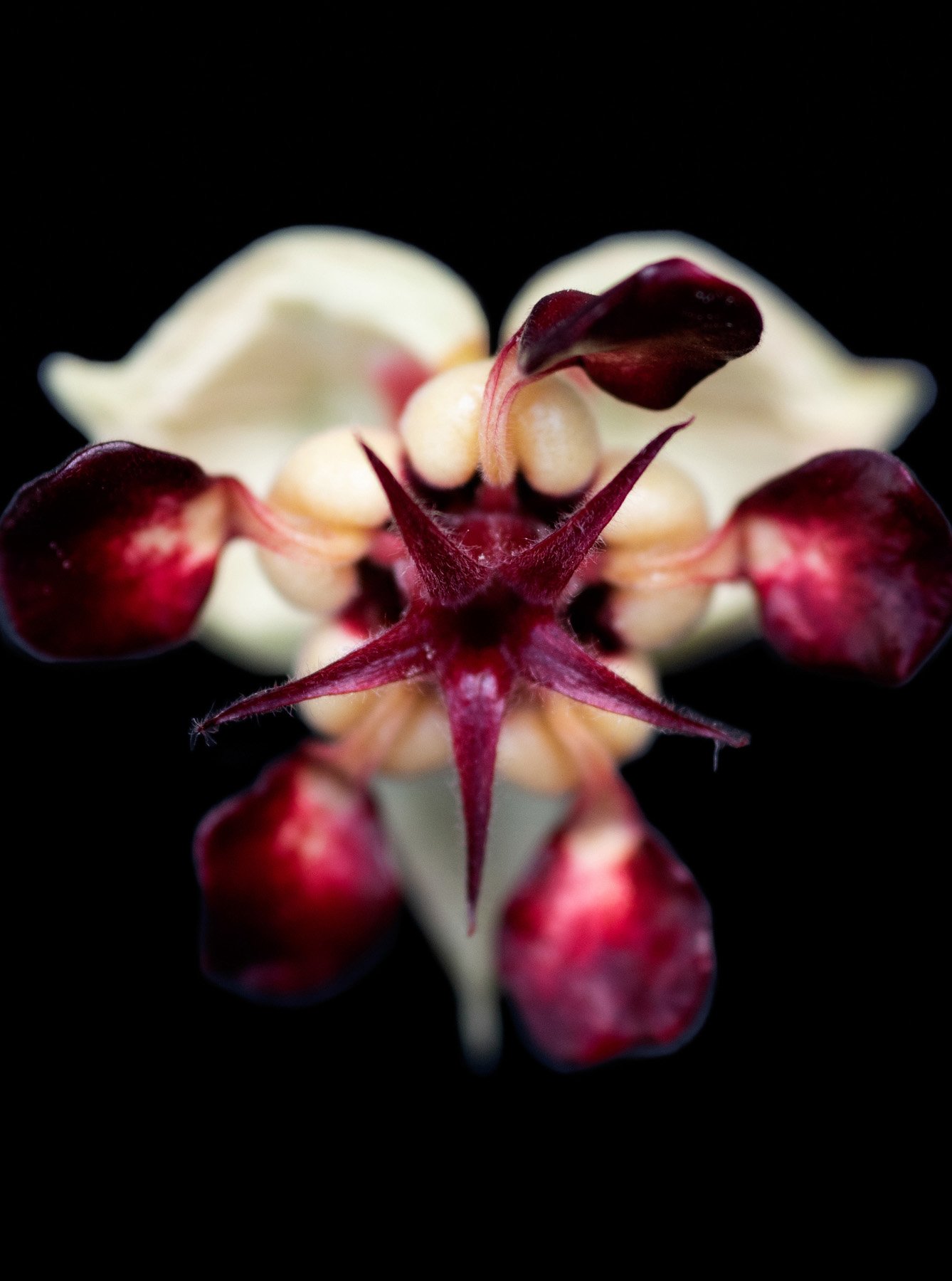
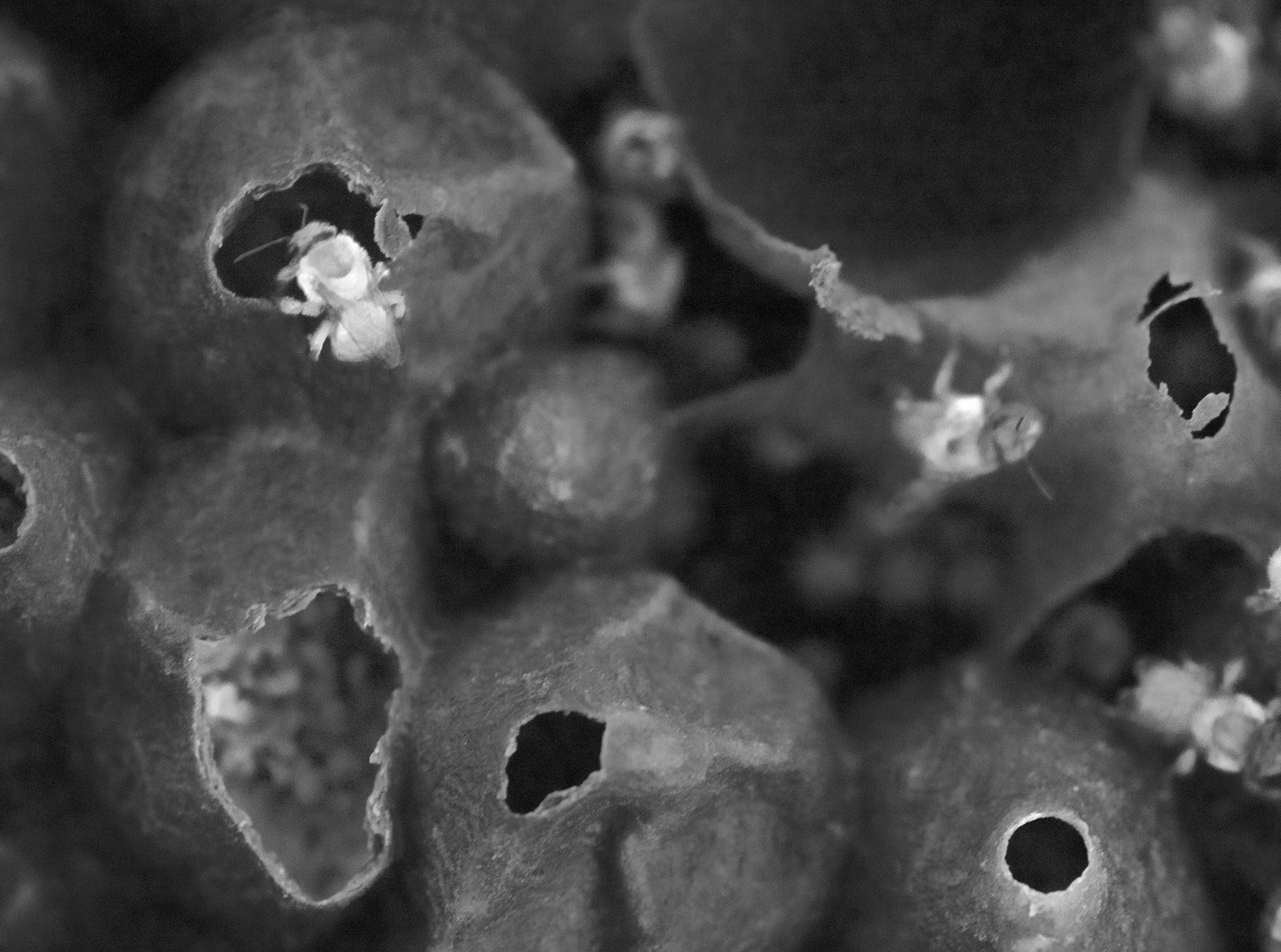
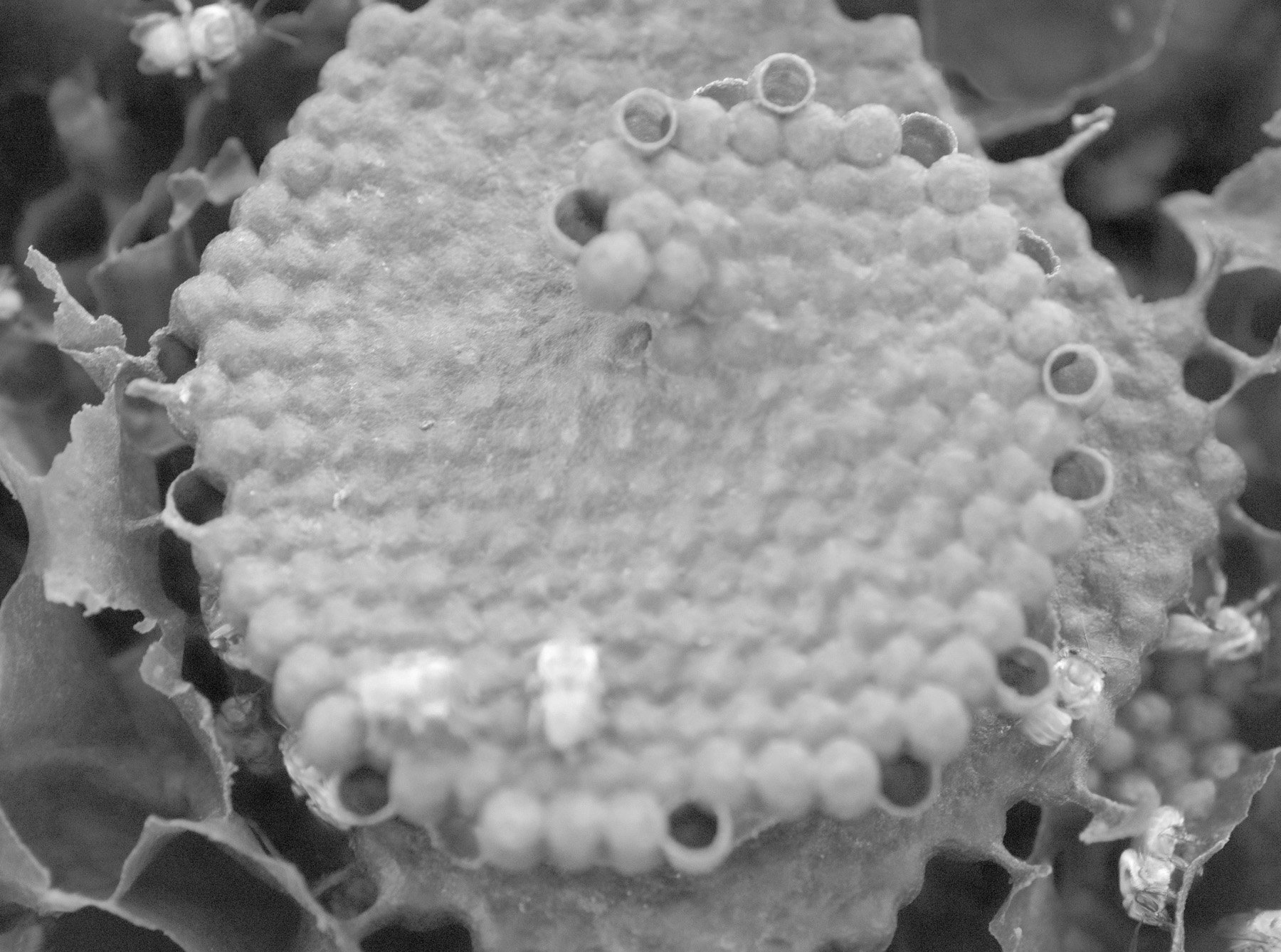
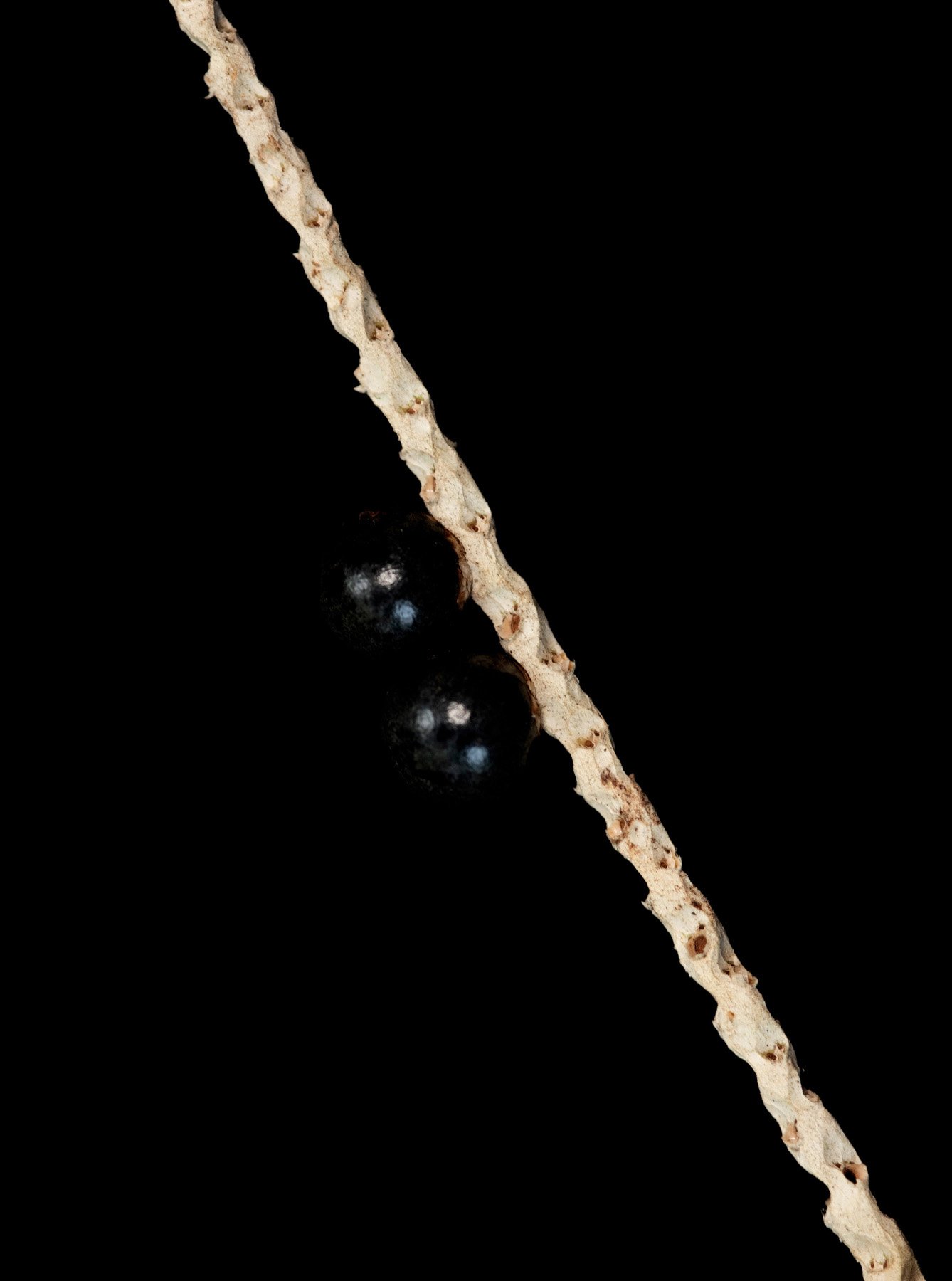

The planet bee: Meliponiculture in the Amazon rainforest
The Amazon Rainforest harbors 40000 species of plants and its immense biodiversity is the result of a complex ecosystem of animals, insects and humans. In Brazil there are around 259 species of stingless bees of the 550 recognized worldwide; the Northern region of the country is the richest in term of the biodiversity being home of 197 different species of native stingless bees. The hive of the stingless bees (Meliponini) has an extremely strange structure, very different if compared to the one built by the Apis Mellifera (European bees). Despite their vast biodiversity, native stingless bees are an endangered species and have been protected from extinction by local beekeepers (meliponiculturist) for honey’s production, undertaking a significant effort to preserve biodiversity in the Amazon Rainforest and also developing a sustainable local economy. Meliponiculture is a socially, environmentally, and economically crucial activity, particularly in in the Amazonian regions of Brazil, as the construction of a meliponary does not require high investments and the activity can be carried out by beekeepers of all ages, including children and elderly people, in close proximity of residential areas, since many species of native stingless bees do not present any risk for the surrounding communities.
Deforestation, pollution, and climate change are deeply mutating the Earth, putting in danger the survival of plants, animals, insects as well as threatening the life of human beings. The Anthropocene is transforming the Earth in a planet where the immense variety of species are becoming aliens within their very own native environment. In the Amazon Rainforest, the human presence and the very ideia of nature as a resource to be exploited are causing a dramatic destruction of its biodiversity and therefore a massive insects extinction. The native stingless bees are fighting to preserve the forest, ensuring the survival of biodiversity and the life of local communities. In a upside-down World, the meliponiculture in the Amazon Rainforest become a World apart, a sort of new planet where species alienated from the Earth can finally survive and flourish. The strange landscapes of the hives of native stingless bees – mimicking a geological structure of a remote new planet –, as well as the unfamiliar Amazonian native flowers appears as new aliens that instead of invading the Earth are, in fact, striving to survive and, in so doing, possibly saving us and the Earth. Hopefully this will be our one and only Planet Bee.

